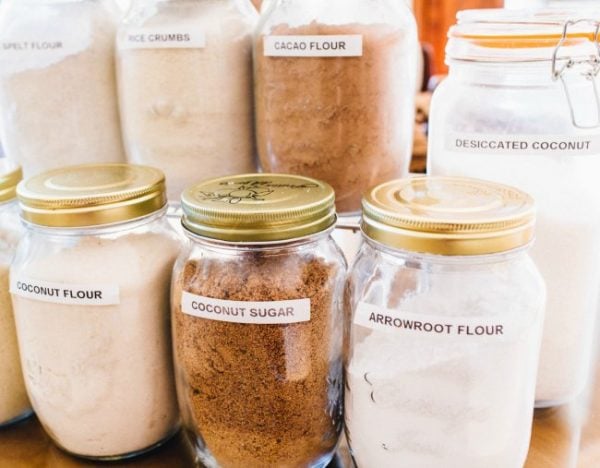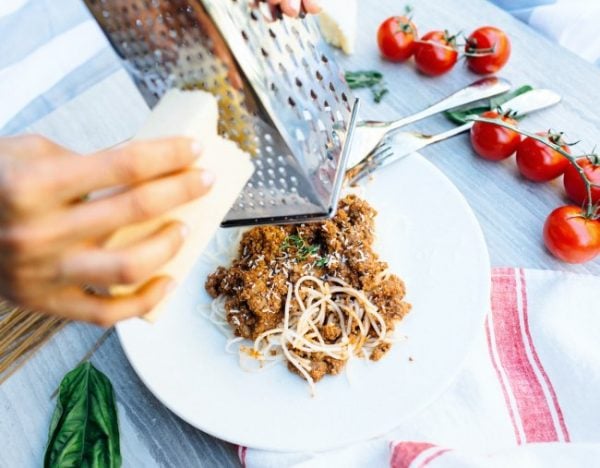Menu and meal planning is something that I always recommend to clients and encourage at my workshops. Although it may initially sound daunting and time-consuming, planning ahead will actually save you time and money in the long run.
Weekly menu planning goes a long way towards ensuring that you always have the necessary healthy ingredients on hand – cutting out those last minute dashes to the grocery store, or the need to rely on convenience or take away options. It’s simply the best way to create a healthy and wholesome menu that caters to all family members.
Coming up with inspiration can often be half the battle – which is why I address this issue in my book Wholesome Child: A Complete Nutrition Guide and Cookbook. The book features an array of family and lunchbox meal and menu planners, utilising the simple recipes and techniques that are covered in my book.


